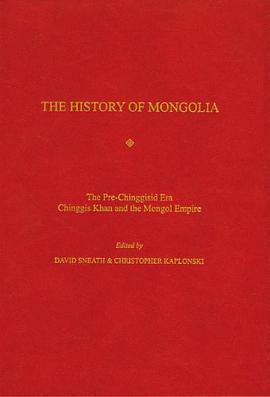The History of Mongolia
Douban
University of Cambridge, and Christopher Kaplonski, University of Cambridge Edited by David Sneath
Sinossi
"The History of Mongolia” edited by David Sneath and Christopher Kaplonski is of great historical and scholarly importance for Mongol history specialists as well as the generalist student of history.
Published in three volumes by Global Oriental in 2010, totaling 1100 pages and weighing in at a hefty six pounds, this remarkable anthology of articles lays the foundation for the understanding of Mongol history with studies of the pre-Chinggisid period, Chinggis Khan and the Mongol Empire, the Yuan and late medieval period, the Qing period and finally twentieth century Mongolia.
David Sneath’s introduction to Inner Asian history sets the stage with an early citation in Chinese chronicles regarding the military threat posed by steppe-born mounted archers being so worrisome that “…in 307 B.C. the Zhau emperor Wuling demanded that his subjects learn the ‘barbarian’ art of horse-archery…”
Sneath's chronology of steppe imperial history beginning with the Xiongnu emperor's adversarial relationship with Han dynasty rulers clearly illuminates the political dynamics between people living behind the Great Wall and nomads inhabiting the steppe regions beyond it. The author's succinct summary of the pre-Mongol period introduces us to the Khazars, Uighurs, Khitan, Liao, and the Rouran (Juan-juan), "...their empire “stretched from Korea in the east to the Tarim Basin in the west.” The tumultuous history of this region produced several dynasties that comprised the Turkish empire whose remarkable inscribed stone monuments can still be seen in Mongolia’s Orkhon valley.
Inner Asia's historical precedents as outlined by Sneath delineate a blueprint for the political, social and military infrastructure that provided fertile ground for the rise and fall of many steppe dynasties in the Mongol homeland.